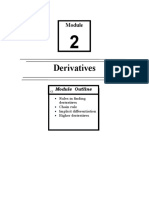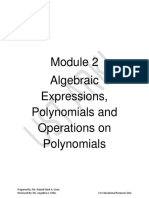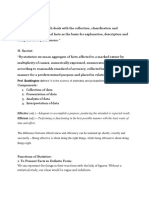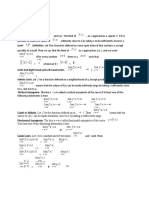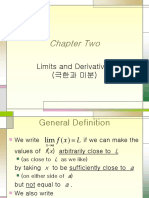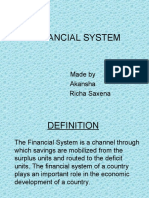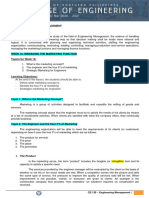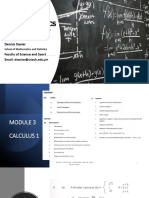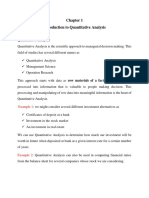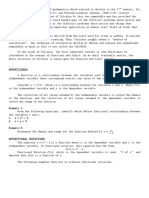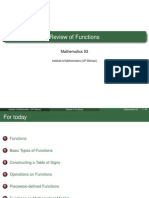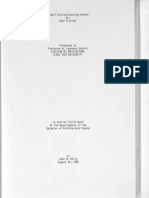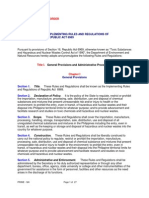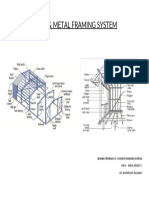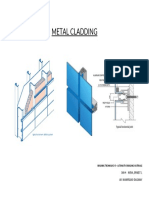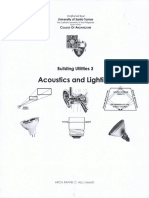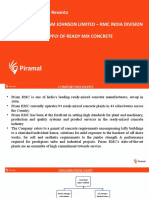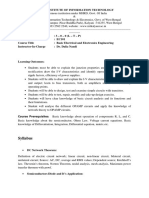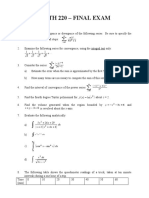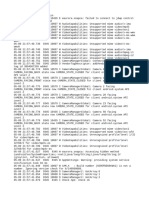0% found this document useful (0 votes)
214 views10 pagesCalculus Basics for Engineers
The document provides an introduction to calculus and derivatives. It defines key concepts like functions, domains, limits, and continuity. It then discusses derivatives, which are used to find the instantaneous rate of change of a function. Derivatives were developed in the 1600s by Isaac Newton and Gottfried Leibniz to solve problems involving quantities that change continuously over time, like distance or velocity. The document provides examples of evaluating functions, operations on functions, and limits, including limits at infinity. It introduces the concept of derivatives as the limit of the average rate of change of a function.
Uploaded by
Ern NievaCopyright
© © All Rights Reserved
We take content rights seriously. If you suspect this is your content, claim it here.
Available Formats
Download as DOCX, PDF, TXT or read online on Scribd
0% found this document useful (0 votes)
214 views10 pagesCalculus Basics for Engineers
The document provides an introduction to calculus and derivatives. It defines key concepts like functions, domains, limits, and continuity. It then discusses derivatives, which are used to find the instantaneous rate of change of a function. Derivatives were developed in the 1600s by Isaac Newton and Gottfried Leibniz to solve problems involving quantities that change continuously over time, like distance or velocity. The document provides examples of evaluating functions, operations on functions, and limits, including limits at infinity. It introduces the concept of derivatives as the limit of the average rate of change of a function.
Uploaded by
Ern NievaCopyright
© © All Rights Reserved
We take content rights seriously. If you suspect this is your content, claim it here.
Available Formats
Download as DOCX, PDF, TXT or read online on Scribd
/ 10

